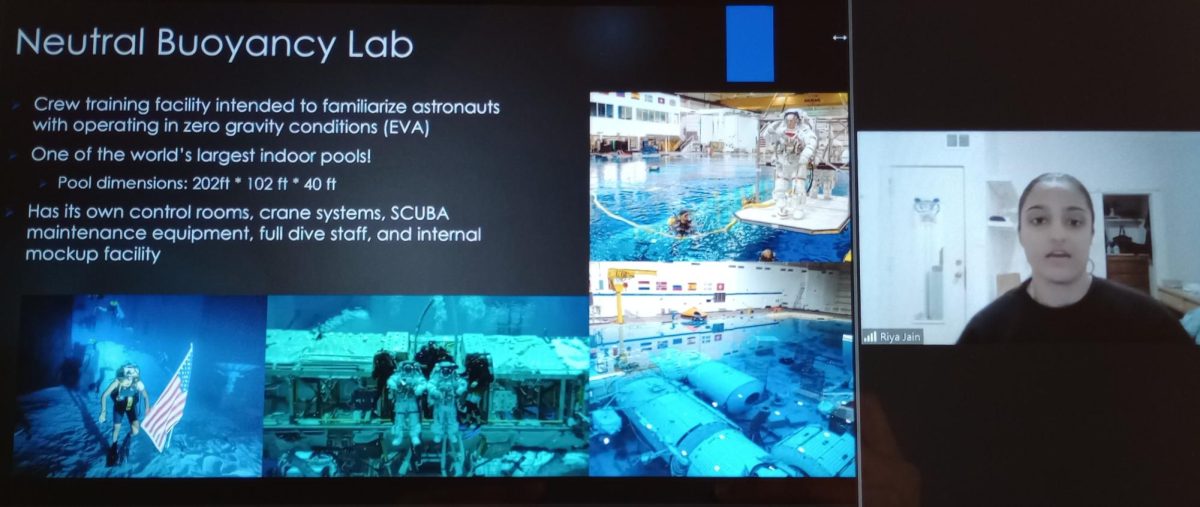With a Dose of Augmented Reality, Pokémon Go Takes the World by Storm
The immensely successful debut of Pokémon Go marks a paradigm shift in the world of traditional gaming, pointing to the growing future of augmented reality. Go, developed by San Francisco company Niantic and released in the United States on July 6, utilizes smartphones’ GPS systems to make a variety of Pokémon appear in real-world locations at different times of day.
Players are encouraged to travel to these Pokéstops to capture the colorful creatures and earn points by collecting virtual items and participating in battles. Pokémon Go certainly motivates its players to explore outdoors, as many of the Pokemon Gyms are located in public places such as parks, monuments, museums, and churches.
The app requires a smartphone with a gyroscope: an iPhone 5 or greater, or an Android with a 4.4 operating system or higher. It is free to download, but offers tempting in-app purchases, including extra Pokecoins and Pokeballs. CNN reports that although the game quickly drains smartphone battery, it only uses 2MB to 8MB of data per hour on average.
However, the challenge of walking while paying rapt attention to a phone screen has led to several accidents and unexpected injuries among players during their pursuit of catching the delightful critters. Police have been reminding players not to trespass private property and remain aware of their surroundings.
Despite these concerns, within days of its initial release, Go shot to “the top of the app charts, the fastest mobile game ever to reach No. 1 in terms of revenue”, according to TIME magazine and tracking firm App Annie. It is already available in Canada, Australia, New Zealand, and nearly all European nations, and was finally launched in Pokemon’s home country of Japan on July 22. Since the game’s release, Japanese firm Nintendo has also seen a sharp rise in market value, adding $7.5 billion in just two days.
Matt Vella of TIME writes that Pokémon Go “represents something well beyond previous hits like Candy Crush Saga or FarmVille.” Its widespread popularity among people of all ages has sparked a discussion on the future of augmented reality gaming.
According to The New York Times, multiple technology companies believed that augmented reality would be introduced to a mainstream audience through “specialized business applications that would, for example, allow architects to visualize finished building projects in situ [on site].” With its release, Pokémon Go shattered these expectations.
The Pokémon fever has caught on locally as well: a casual stroll through Emerald Glen is a fair indication that the game has drawn out numerous middle-school and high-school students to the community park, glued to the screens of their smartphones.
Niantic founder John Hanke revealed that the team had three main goals in mind when developing Pokémon Go: encouraging people to exercise, socialize, and look at the world from a different lens. “We expected it to be popular, but we didn’t expect it to be like this,” Hanke said. “We’re just getting our feet underneath us.”
Your donation will support the student journalists of Dublin High School. Your contribution will allow us to purchase equipment and cover our annual website hosting costs.

Neha Harpanhalli is a junior at Dublin High School and the Senior Student Life Editor for the Dublin Shield. She is extremely passionate about reading...


































